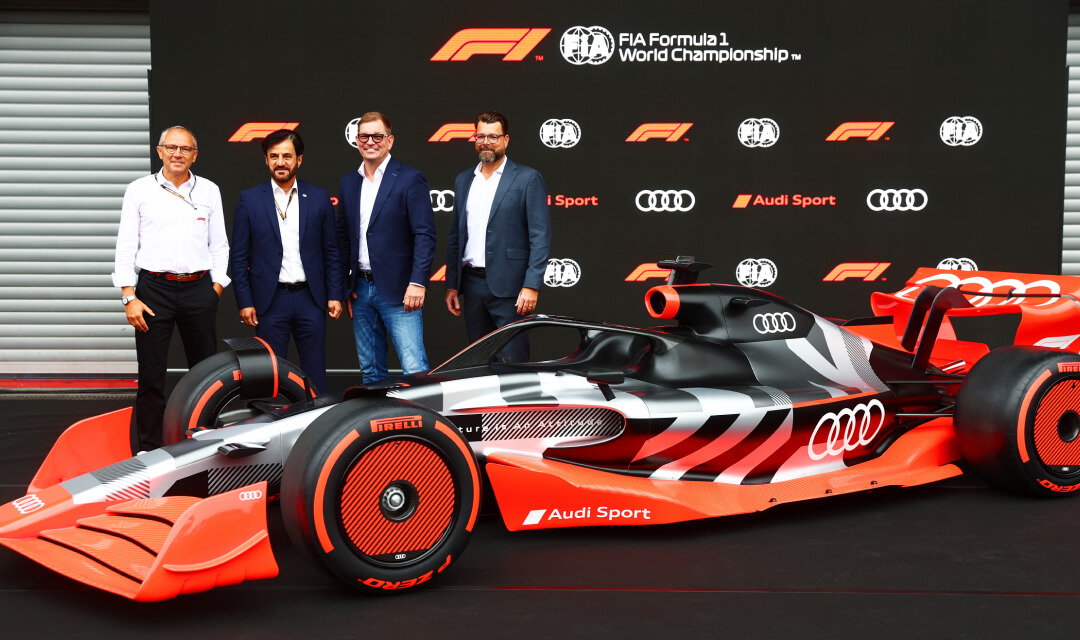While the power unit regulations are already in place, the technical regulations for the chassis are still under discussion. However, recent reports from respected German publication Auto Motor und Sport (AMuS) have shed light on what we might expect from the F1 2026 challengers.
The Engine and Power Unit Changes
The most significant change on the engine front is the removal of the MGU-H, with the electrical output component of the power unit set to increase three-fold from its current output. The internal combustion engine will remain largely unchanged, but the 2026 rules will place a greater emphasis on the hybrid ancillary output and a mandatory switch to carbon-neutral fuel.
These changes to the power unit will necessitate significant alterations to the chassis to ensure the spectacle of F1 racing isn't diminished. Red Bull boss Christian Horner initially expressed concerns about the potential for a 'Frankenstein' car, but he has since expressed confidence in the direction of the new technical regulations.
Countermeasures and Weight Reduction
According to AMuS, countermeasures are being taken to offset the extra weight of the new hybrid power units. The goal is to reduce the overall weight by approximately 50 kilograms, although an initial 20kg drop is more likely, with further reductions planned over subsequent seasons.
Interestingly, the F1 minimum weight could be scrapped altogether, encouraging competition between teams to drive weight reduction. The FIA's stringent safety tests would ensure no safety measures are compromised, while the budget cap would regulate the funding allocated to such initiatives.
Smaller, Lighter F1 Cars: The New Norm?
The introduction of lighter, smaller F1 cars could pose a new challenge for team design offices. They will need to decide whether to prioritize reliability and robustness in manufacturing or aim for lightweight designs at the risk of potential failures. Minimum standards for suspension design would still be required to ensure safety isn't compromised.
To reduce the overall weight, gearboxes may have just six gears instead of eight, and both cars and tyres will shrink. The width of the cars is expected to decrease from 200 to 190 centimetres, and the overall wheelbase from 360 to 340 centimetres.
Impact on Downforce and Speed
Smaller cars will produce less downforce from the wings, with initial calculations suggesting a reduction of around 40 per cent due to the reduced air volume and car area. However, active aerodynamics can be used to offset some of these losses and reduce drag down the straights to prevent the need for downshifting to charge the batteries.
AMuS reports that initial simulations suggest the cars will be negligibly slower than the current models. Steps are being taken to introduce a small concept change to make it easier for cars to follow each other, thereby boosting overtaking possibilities.
In conclusion, the F1 2026 regulations promise an exciting new era of Formula 1 racing. While the technical details are still being finalized, the future of F1 looks set to be smaller, lighter, and more environmentally friendly, without compromising on the thrill and spectacle that fans love.





